|
You know that strength training is an important part of any well-rounded fitness program, but somehow it hasn't made it into your routine just yet. You've been having that reoccurring nightmare where you finally decide to try the weight room at the gym, only to be met with a room filled with experienced and toned lifters whose heads all turn and stare, judging you as you walk through the door. Although this nightmare is more fantasy than reality, the weight room can still be an intimidating place. For many, the fear of the unknown is what keeps them from lifting weights. How heavy should weights be to start? What kind of moves should I be performing? How do I know if my form is correct? Is that guy with the massive biceps judging me? The good news is that you can get an effective strength workout, right in the comfort of your own home, with an audience of just yourself. Creating a balanced routine that targets all of your major muscle groups is easier than you might think. The American College of Sports Medicine recommends two to three sessions of strength training on non-consecutive days each week. Each exercise should be performed for one to three sets, with eight to 12 repetitions per set. The last rep in the set should be the last one you're able to perform with proper form. If you can easily keep going past 12 repetitions, the weight is too light. If you can't get anywhere close to eight before sacrificing good form, the weight is too heavy, so you always want to be somewhere in between. Be sure to do a three to five minute warm-up before starting any strength routine. The exercises below are designed to give you a total body workout, targeting each of the major muscle groups. They are all simple to perform, requiring just a set of dumbbells and your own bodyweight. You can go through the list in order, or rotate by doing one lower-body exercise followed by one upper-body exercise, for example. Lower BodyDumbbell Squats: The great thing about squats is that they target multiple muscle groups at once, including your quadriceps. Strengthening your quads will improve your performance in a variety of cardio activities, including walking, running, biking and more. Be sure to lean from the waist like you're about to sit in a chair and don't let your knees come out past your toes. 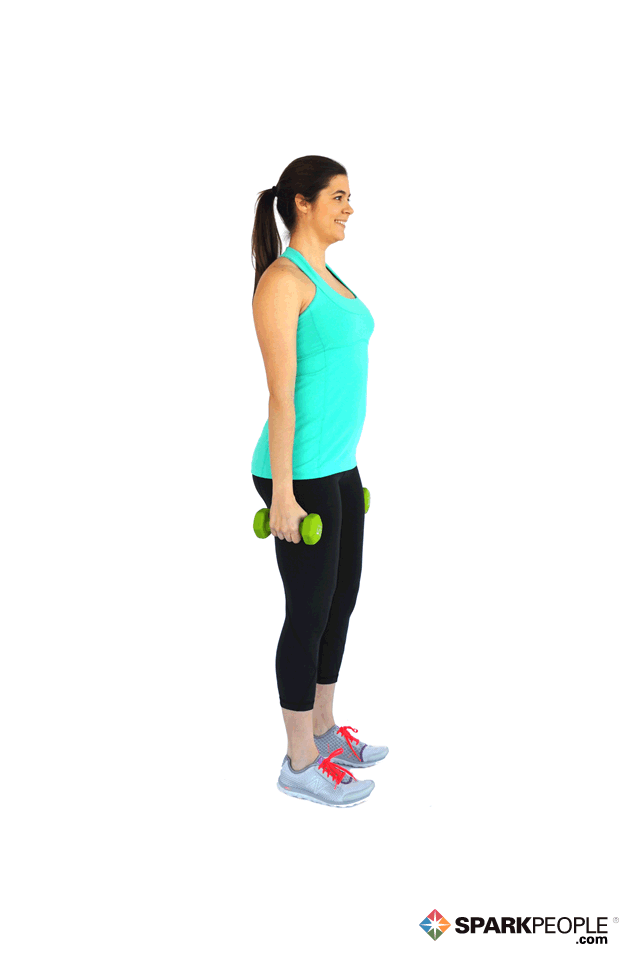 Lying Leg Curls: Strong hamstrings provide stability to the knee joint, reducing your risk of injury. Your body relies on your hamstrings for many daily activities, such as getting into and out of a chair or walking around the grocery store. Lead with the heels and keep your feet flexed during each curl. 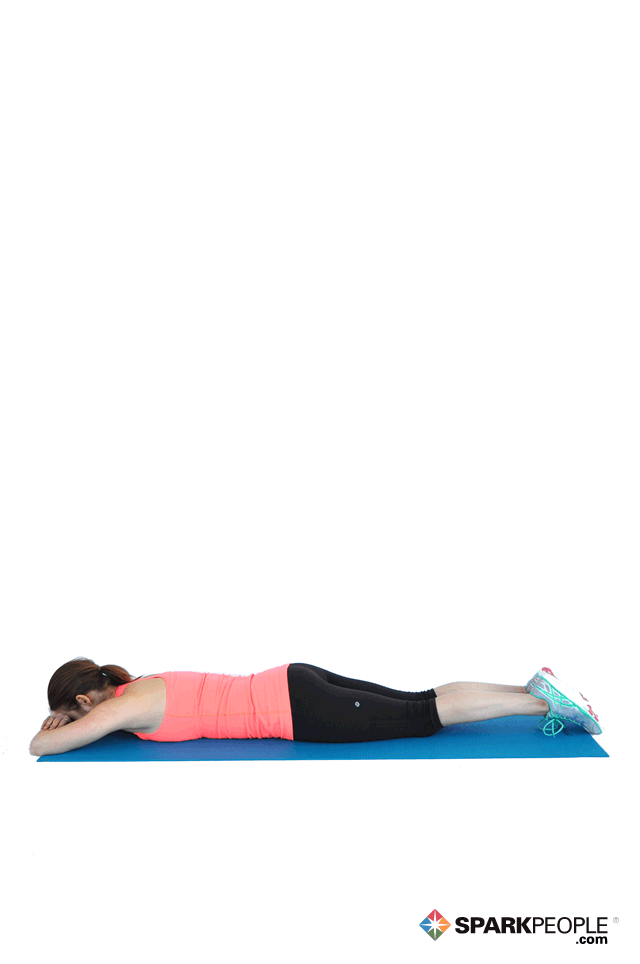 Bridges: The gluteus maximus is the largest muscle in the body. Your glutes keep you standing in an upright position and provide power and stability during a wide variety of activities. Weak glutes can cause your body to fall out of proper alignment, increasing your risk of injury. For this exercise, try not to let your backside touch the ground in between repetitions.  Calf Raises: You can do this exercise with a chair (as shown) or on the edge of a step. When you climb stairs or even walk around your house, your calf muscles are engaged and help perform the movement. Keep the heels off of the ground in between repetitions. Do one leg at a time for an added challenge. 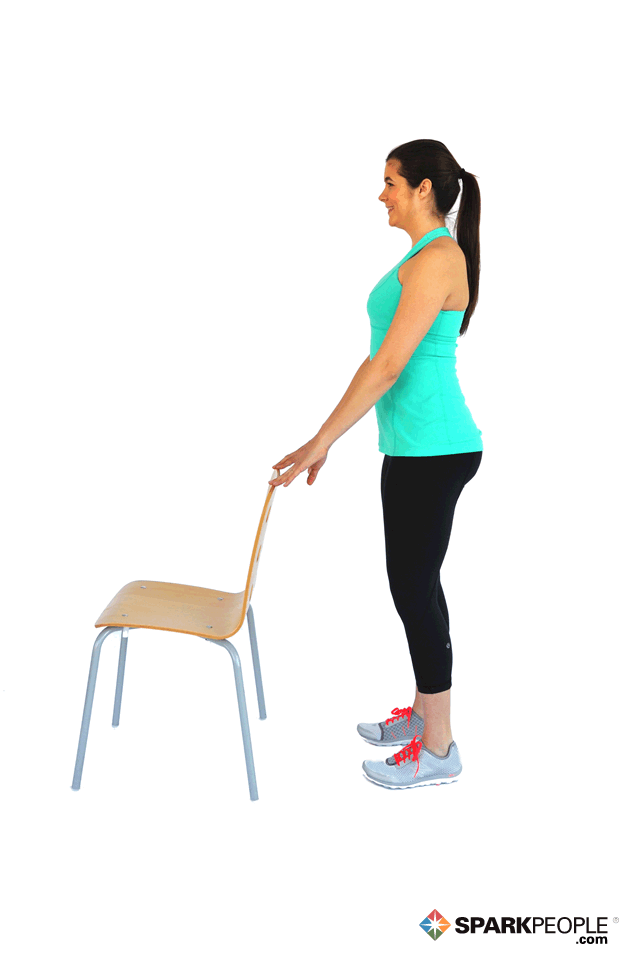 |
Related Entries
More From SparkPeople
|



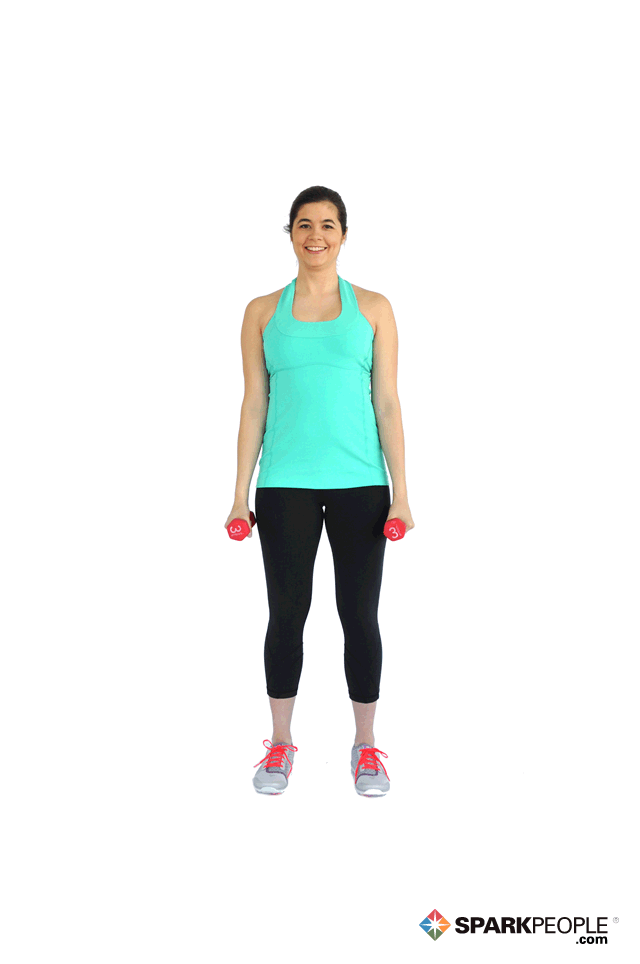
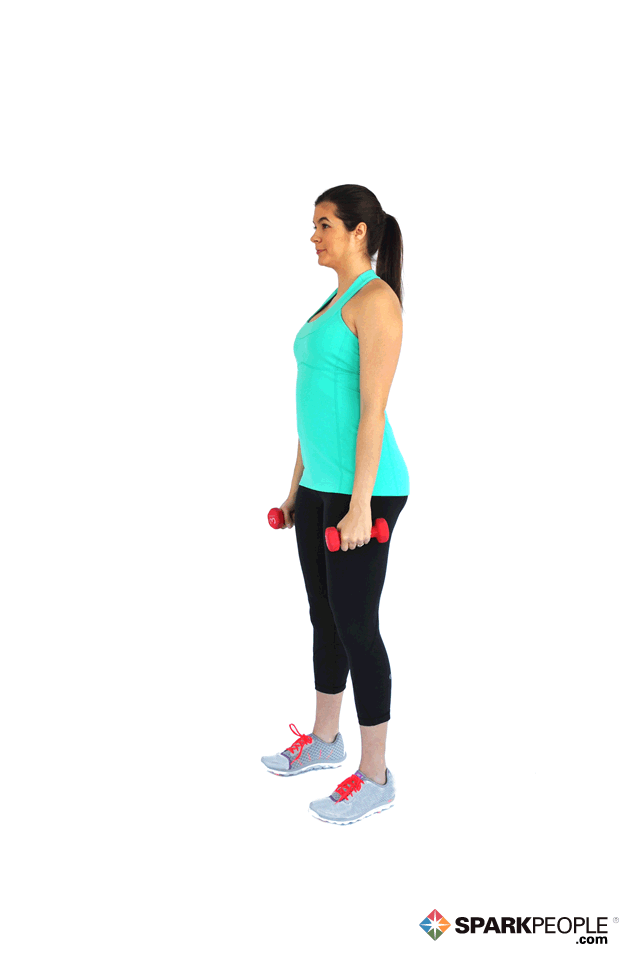
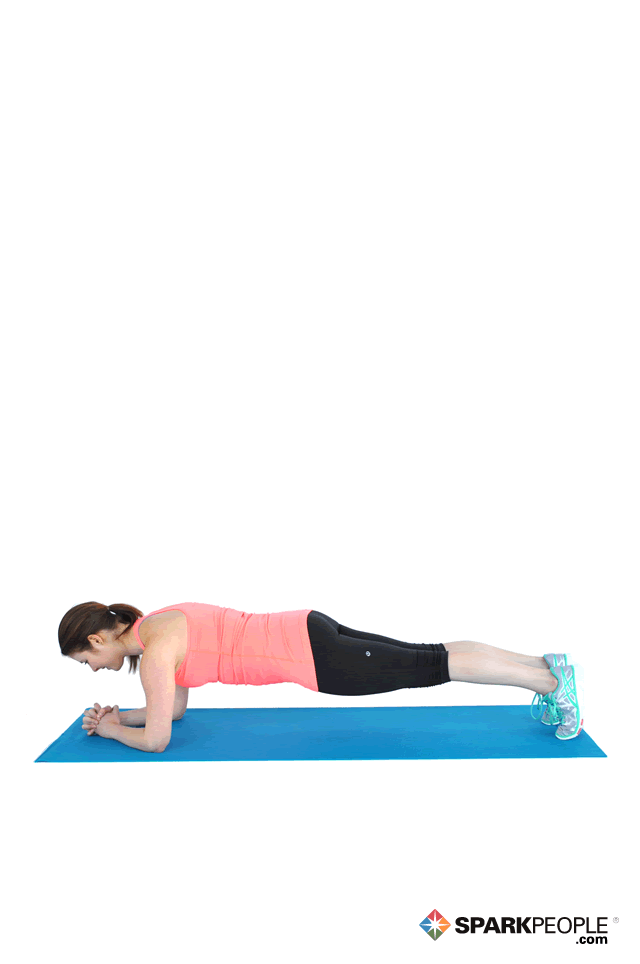
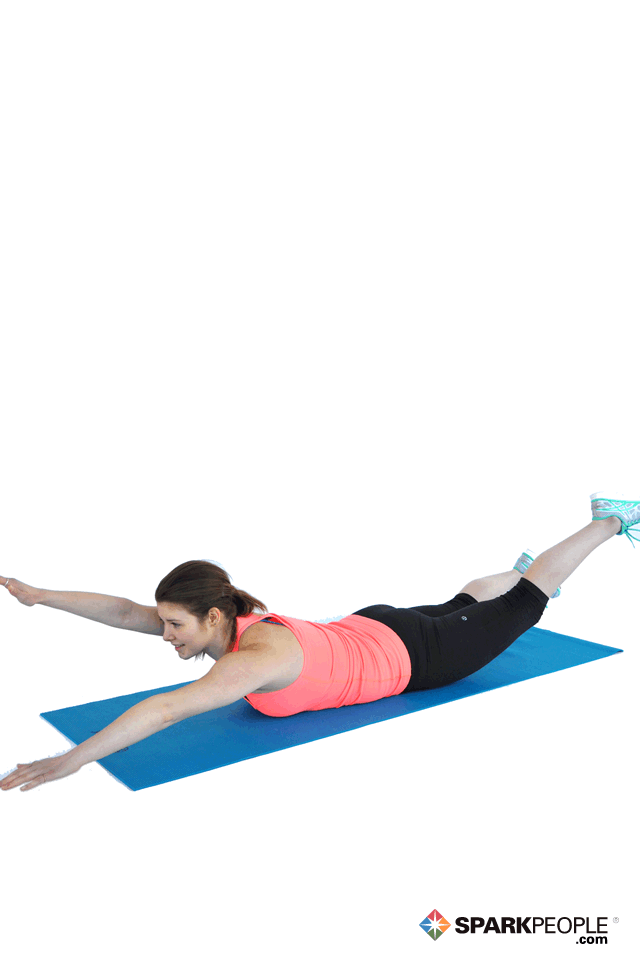

.png)




















